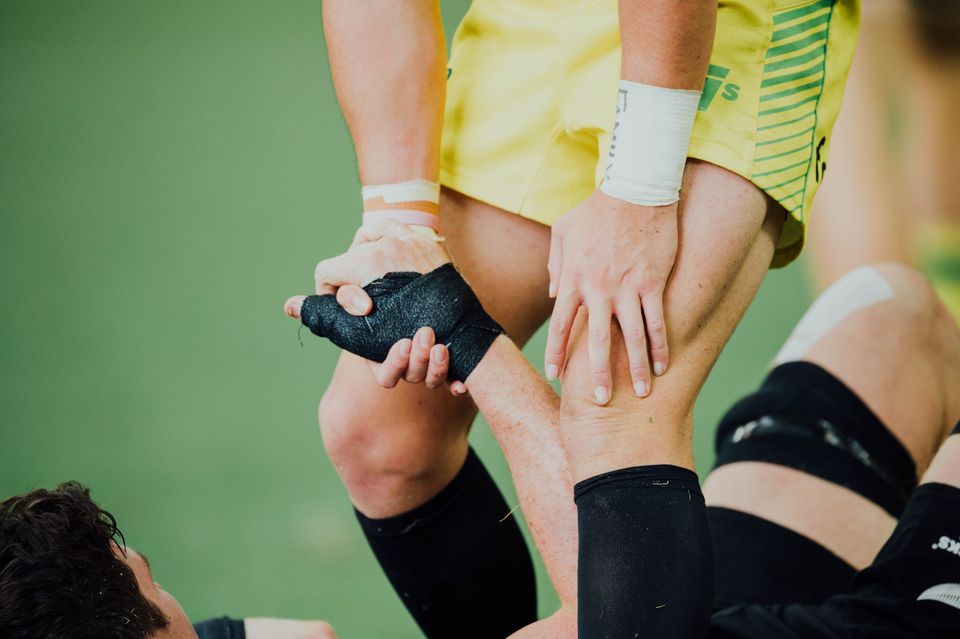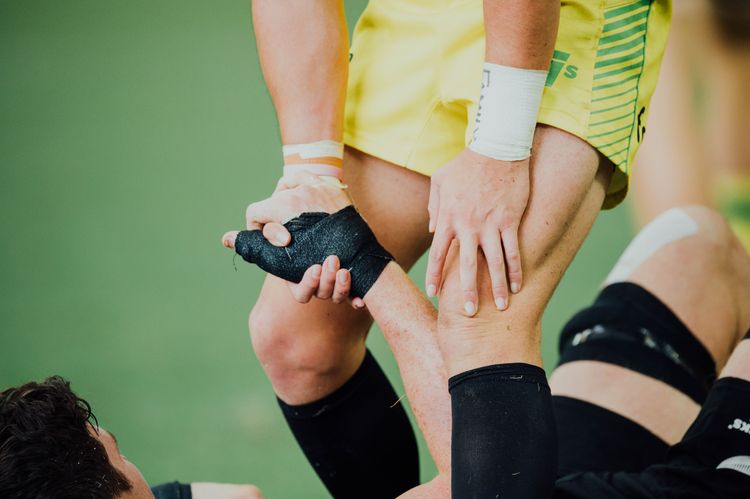🦀 PT Crab Issue 103 - Let’s talk TKA

What up y’all, this week we’re talking about TKA in a lot of ways. But first, you should know that we’re less than one month away from fall! So that’s good.
Now, for the articles. This week we’re featuring a perspective piece from PTJ on why functional tests are key in TKA rehab and which ones you should be using. King Crab supporters (who help at just $1.15 per week) got two more papers, one on interventions for TKA in acute care and another about how to promote physical activity after TKA or THA.
If you’re interested in supporting PT Crab’s mission to bring more EBP to more PTs in formats they can actually understand, please consider upgrading to a King Crab supporter role. You can do that right here.
With that, let’s dive in!
Did you test function? You’d better.
The Gist - This perspective piece in PTJ argues for testing more than just ROM and patient-reported outcome measures in TKA. This bundle of PTs from all over the country came together to emphasize that we need functional testing to make sure that people are getting better. They argue that “muscle strength is the rate-limited step for recovery of function after TKA,” so we need to be testing muscles. “during the first two weeks following TKA, profound strength loss occurs throughout the lower extremities and especially in the quadriceps. Strength loss approaching or exceeding 50% occurs in both the quadriceps and hamstrings approximately 1 month after TKA.” And since quads weakness influences functional recovery, we need to strengthen the quads. But how can we make sure we’re actually doing that without testing it out? We can’t. So we need functional tests.
They believe that the best collection of outcome measures includes knee extension and flexion ROM, quads and hamstrings strength testing, the pain scale and the KOOS JR outcome measure, and the 30 second STS, the TUG, and the 4-meter walk test.
I’ll finish their approach to strength here and move on to other topics in the next section with this fantastic block quote:
We recommend testing quadriceps and hamstring strength in both the involved (surgical) and contralateral limbs preoperatively and regularly throughout the postoperative recovery period and beyond. Quadriceps strength and activation may be evaluated early after surgery during the performance of isometric quadriceps contractions (assess for superior glide of the patella) and straight leg raises (assess for the presence of an extension lag). After patients can perform a straight leg raise without a lag, more formal isometric strength testing should begin, typically around 3 weeks postoperatively, although “tolerance criteria” and individual healing timeframes should also be considered. Strength testing should be conducted at least every few weeks or when there is a change in patient status during the rehabilitation period and at follow-up visits after formal rehabilitation.
Tell Me More - They go on to demonstrate how focusing on strength outcomes doesn’t compromise ROM, so we should do it. And, according to research they cite, “neither knee flexion nor knee extension ROM meaningfully predict performance-based functional outcomes at medium- or long- term follow-up after TKA”, so it’s not enough.
Instead of just strength and ROM, you need objective measurements of function.“Performance-based functional tests are superior to ROM and PROs at predicting function after TKA. Health care providers should use objective, functional performance-based tests as opposed to ROM and/or PROs alone to evaluate function before and after TKA. Several valid and reliable functional tests—such as the TUG, 30s sit to stand chair test, and 4-Meter Walk Test—require few resources (eg, chair and/or hallway), little time (ie, <5 minutes), and no special equipment or training.”
Especially in a world where research has come out saying that physical therapy after TKA may not be needed because people can gain their ROM back on their own, this is an important argument to make. Multiple recent studies have attempted to demonstrate that people can recover from TKA on their own but none of them include functional testing, making them poor predictors. Still, the authors argue, if we don’t use functional testing, we’re doing just as poorly. So do the TUG, the 30sSTS and the 4-m WT, and find out how your patients are really doing.
Paper? Got it.
And that’s our week! Thanks as always for being a subscriber and share this with anyone just by forwarding it to them. Thanks!
P.S. Next week we're talking rotator cuff repairs, then we're going into pediatrics, and on into racial disparities in PT after that. Bye!
Here’s the bibliography:
Capin, J. J., Bade, M. J., Jennings, J. M., Snyder-Mackler, L., & Stevens-Lapsley, J. E. (2022). Total Knee Arthroplasty Assessments Should Include Strength and Performance-Based Functional Tests to Complement Range-of-Motion and Patient-Reported Outcome Measures. Physical Therapy, 102(6), pzac033. https://doi.org/10.1093/ptj/pzac033






Comments
Want to leave a comment and discuss this with your fellow PTs? Join PT Crab and get summarized PT research in your inbox, every week.